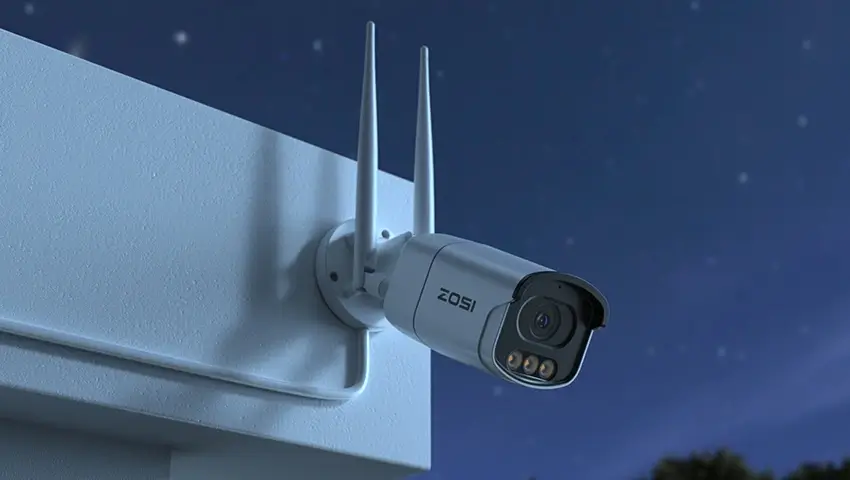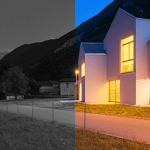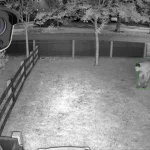In today’s world, security doesn’t stop when the sun goes down. That’s where night vision cameras come in—powerful tools that help capture clear images and videos even in low-light or complete darkness. But have you ever wondered how these cameras work? In this blog, we’ll break down the technology behind night vision cameras and help you understand how they keep your property protected around the clock.
Contents
What Is a Night Vision Camera?
A night vision camera is a type of security camera designed to record footage in low-light or no-light environments. Unlike standard cameras that struggle in the dark, night vision models use advanced technologies to “see” in the dark, making them ideal for home security, wildlife observation, and law enforcement.
How Do Night Vision Cameras Work?
Night vision cameras typically rely on one or more of the following technologies:
1. Infrared (IR) Illumination
Most night vision security cameras come with built-in infrared LEDs. These LEDs emit infrared light, which is invisible to the human eye but can be detected by the camera’s sensor. When it gets dark, the IR LEDs turn on automatically, allowing the camera to produce black-and-white images in complete darkness.
Key benefits:
- Works in total darkness
- Affordable and widely used
- Great for indoor and outdoor use
2. Low-Light Imaging (Starlight)
Some advanced cameras use low-light sensors to capture color images even in very dim environments. This is often called starlight night vision. These sensors are extra sensitive to light, allowing the camera to amplify even small light sources like moonlight or streetlamps.
Key benefits:
- Delivers color footage in low-light
- Ideal for places with some ambient lighting
3. Thermal Imaging
Unlike IR or low-light cameras, thermal cameras detect heat signatures instead of light. These cameras create images based on temperature differences, making them highly effective in complete darkness, fog, smoke, or bad weather.
Key benefits:
- Works in all lighting and weather conditions
- Can detect people, animals, or objects based on heat
Where Are Night Vision Cameras Used?
Night vision cameras are widely used in:
- Home and business security systems
- Outdoor surveillance in parking lots, driveways, or yards
- Wildlife monitoring and hunting
- Military and law enforcement operations
What to Consider When Buying a Night Vision Camera
If you’re thinking of investing in a night vision camera, here are a few things to look out for:
- IR range: How far can the camera “see” in the dark?
- Image quality: Resolution matters, especially at night
- Lighting conditions: Choose between IR, starlight, or thermal based on your needs
- Installation location: Indoor or outdoor? Make sure the camera is weatherproof if needed
Conclusion
Night vision cameras are essential for 24/7 surveillance. Whether you’re securing your home, keeping an eye on your business, or observing wildlife, these cameras use impressive technologies like infrared, starlight sensors, and thermal imaging to give you visibility even in total darkness. By understanding how they work, you can choose the right camera for your needs and ensure your safety day and night.


